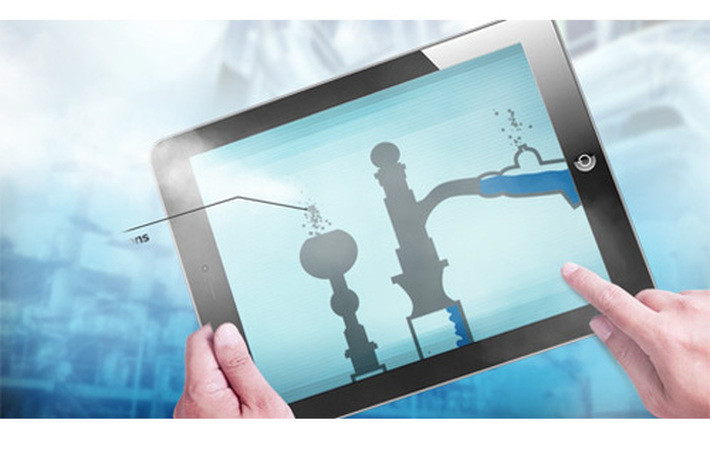
Published on 11/18/2016 | Strategy
The IoT is a hot topic. But while everyone agrees that it’s here—or at least is coming—not everyone in the chemical industry knows exactly what the Internet of Things is, or what it will mean to them.
The Internet of Things refers to the emergence of an information system made up of sensors linking physical objects together using Internet technology. Gartner predicts that 25 billion such devices will be linked by 2020, and this vast network will work together to automate, monitor, and analyze information from machinery and equipment in exciting new business models.
Unplanned downtime and high unpredictable maintenance costs are common problems throughout the chemical industry. Sensors attached to equipment will monitor quality and throughput continuously, and real-time, in-memory computing will provide insight to enable near-instantaneous interaction to prevent equipment failures and breakdowns. Companies that adopt sensors and in-memory analytics are able to react more quickly to alerts and alarms, resulting in a higher overall equipment effectiveness, longer mean time between failures, and more efficient maintenance.
Many chemical manufacturers have insight only into the operating conditions for a set number of batches, which limits their ability to optimize conditions. Using big data and predictive analytics across thousands of batches enables them to establish operating conditions that result in more predictable quality. By better balancing controllable variables, they increase first pass yield, improve their order fill rate, and reduce total quality costs.
Energy makes up a large chunk of the cost of chemicals manufacturing, and compliance with increasingly stringent regulations is difficult and expensive. Using connected sensors to monitor energy consumption helps control costs and ensure compliance.Energy consumption patterns are an important part of the big data analytics for predicting failures, and better insight into usage patterns enables purchasing energy at the best price and the highest value for the organization. Actively managing energy consumption results in greener operations, lower energy and compliance costs, less unplanned downtime, and more consistent quality.
In a PwC Global CEO Survey, cybersecurity was the top strategic issue cited by respondents. Security incidents exceed 42.8 million in 2014, a 48 percent increase over 2013 results. Since chemical plants may be potential targets for terrorist attacks, cybersecurity is understandably top of mind. Chemical companies must consider physical security, industrial systems security, and data systems security whether they run their business in the cloud or on premise. The problem becomes more complex as the amount of data companies manage and maintain continues to grow.
Using in-memory computing and big data analytics, chemical companies can bring data together into a single repository, enabling them to quickly identify unauthorized access or hacking attempts so they can cut off affected user accounts or lock down systems or connections to prevent further intrusion. Once they’ve gained access, it takes only a few moments for hackers to access sensitive data, so it’s imperative that the evaluation of attack patterns occurs in real time.
Margins are thin and competition is fierce in the chemical industry, so it’s imperative that companies use all the technology they have available to control costs and improve efficiency. The IoT is helping to simplify business processes and provide more insight that can help improve quality, reduce downtime, decrease the costs of maintenance, and increase on-time delivery, but in-memory computing and big data analytics are prerequisites to effective adoption of the IoT.
You can find the original article here